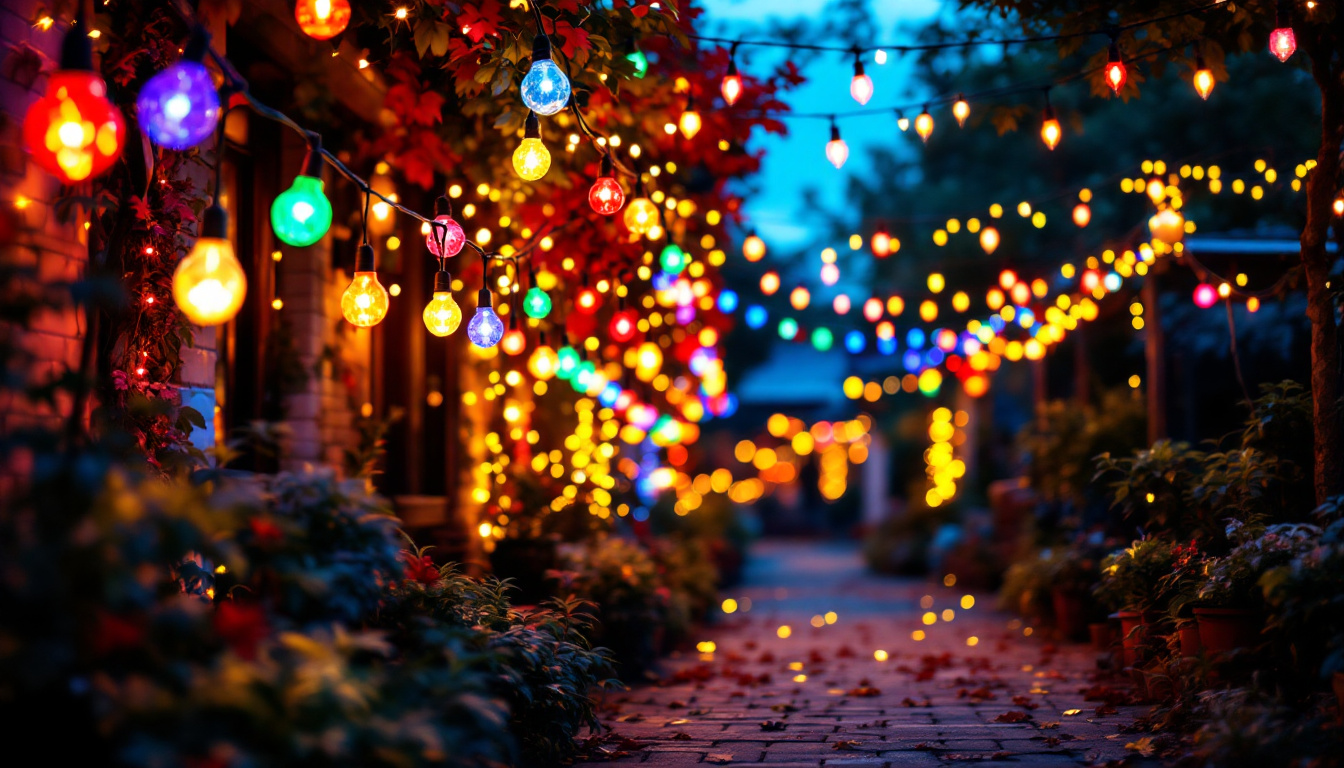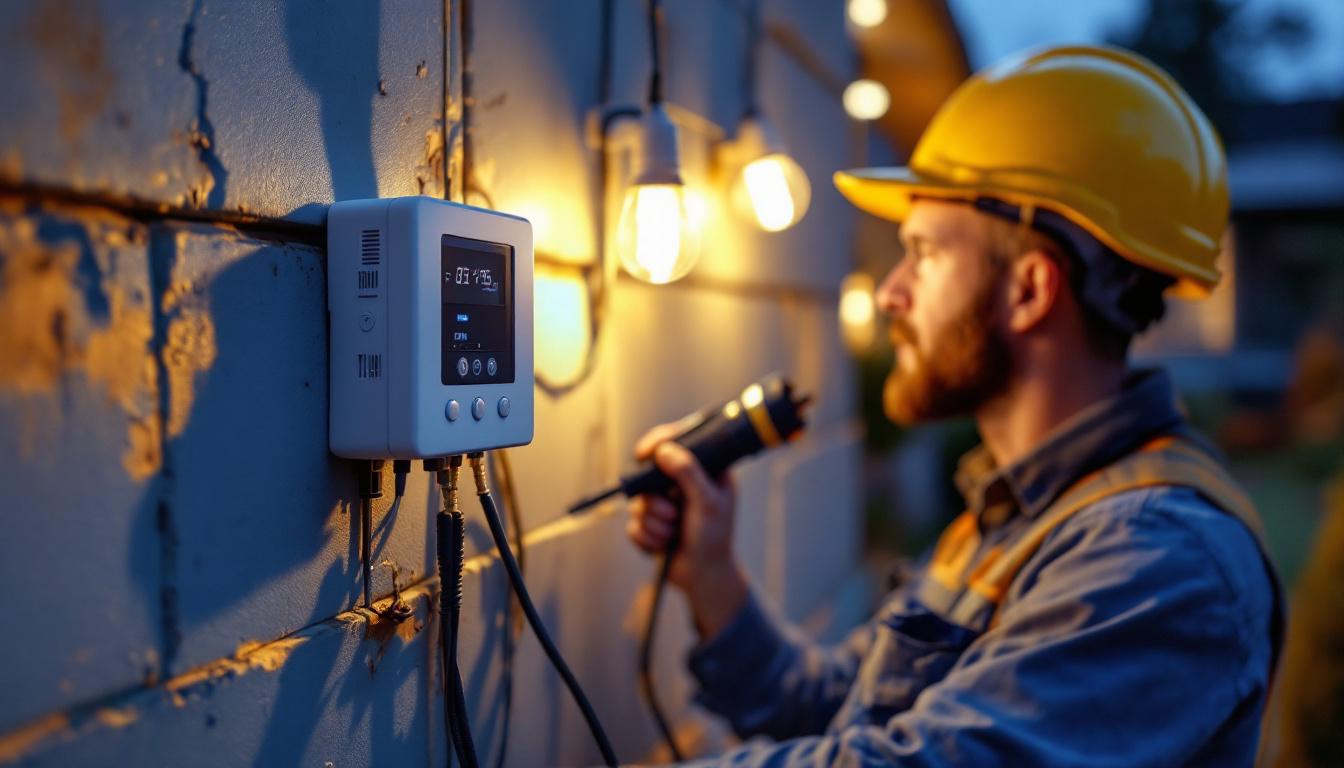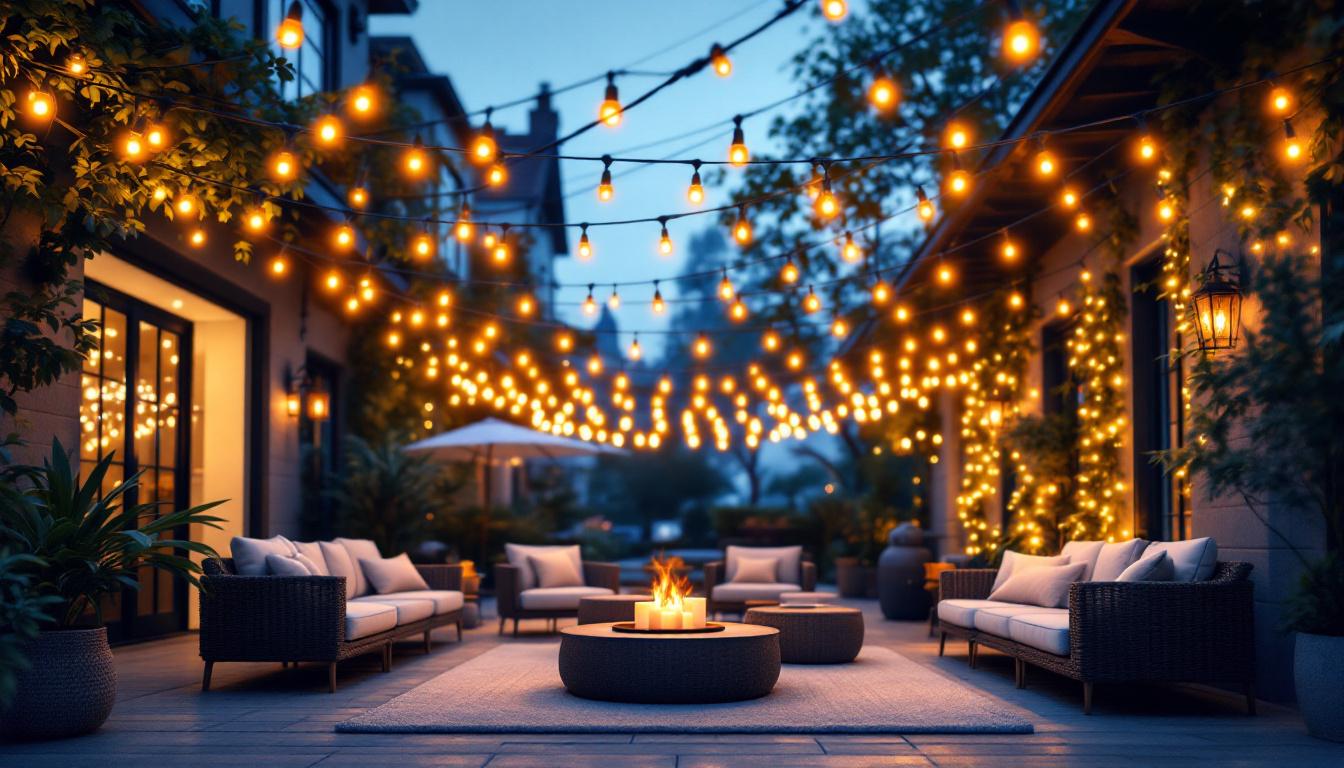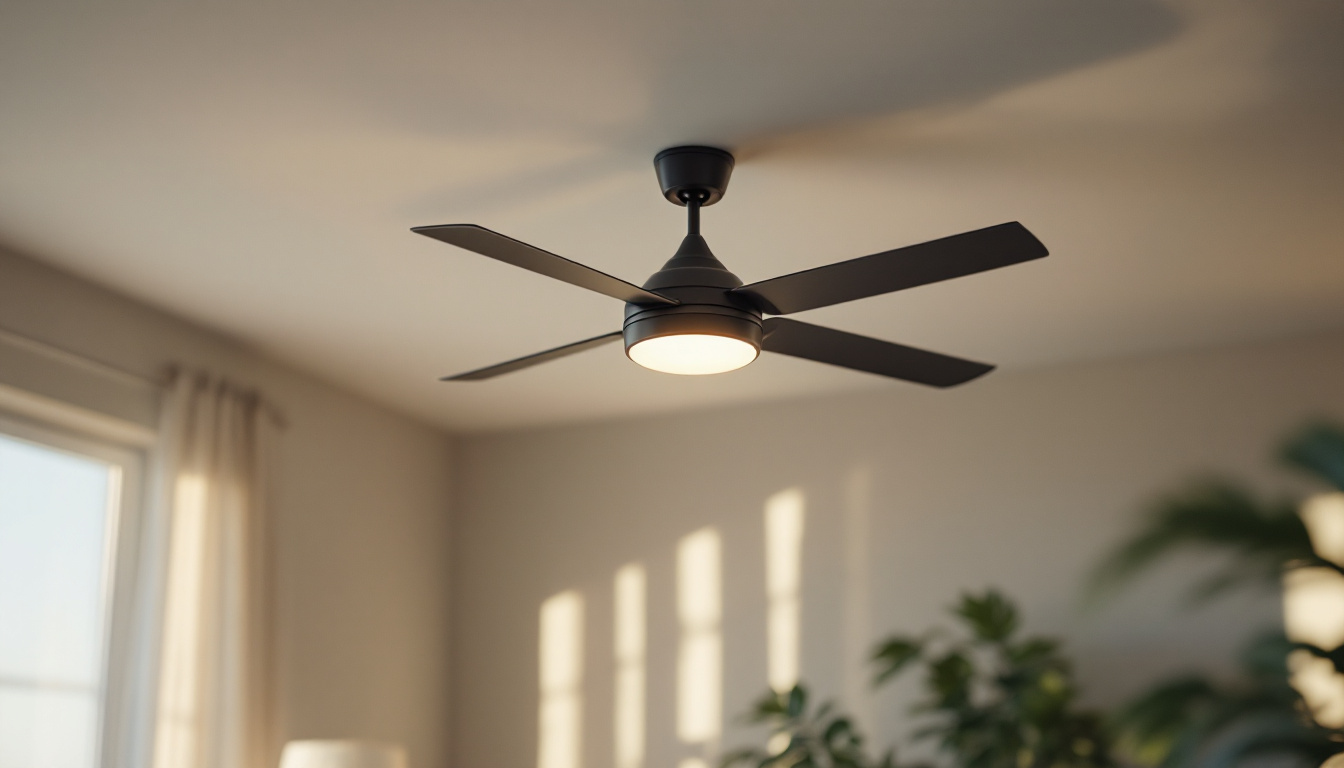
In the world of lighting installation, precision and organization are key to ensuring successful projects. A comprehensive checklist can help lighting contractors streamline their processes, improve efficiency, and guarantee that no detail is overlooked. This article presents a detailed checklist tailored specifically for lighting contractors, focusing on essential tasks, tools, and considerations that contribute to a smooth workflow.
Before embarking on any lighting project, thorough preparation is essential. This phase sets the foundation for a successful installation, ensuring that all necessary materials and tools are on hand and that the project scope is clearly defined.
Conducting a detailed site assessment is crucial. This involves evaluating the space where the lighting will be installed, taking note of existing electrical systems, potential obstacles, and the overall layout. Understanding the environment helps in selecting the right lighting solutions and determining the best installation methods.
During the assessment, consider factors such as ceiling height, wall materials, and the intended use of the space. These elements will influence the type of fixtures chosen and their placement, ensuring optimal functionality and aesthetics. Additionally, observing natural light sources and their impact on the space at different times of the day can provide valuable insights into how artificial lighting can complement or enhance the existing ambiance.
Engaging with clients to understand their vision and requirements is a vital step. Discussing their preferences, desired ambiance, and any specific functionalities they seek will help in tailoring the lighting design to meet their needs. This consultation should also cover budget constraints and timelines, allowing for realistic planning.
Documenting these discussions will create a reference point throughout the project, ensuring that the final installation aligns with the client’s expectations. It may also be beneficial to present visual aids, such as mood boards or lighting samples, to help clients visualize the proposed design. This collaborative approach not only fosters trust but also encourages open communication, making it easier to address any concerns that may arise during the project.
Before starting the installation, it is essential to compile a comprehensive inventory of all materials and tools needed for the project. This includes light fixtures, wiring, switches, and any necessary hardware. Additionally, ensure that all tools, such as drills, screwdrivers, and measuring devices, are in good working condition.
Having everything organized and readily available minimizes delays during installation and enhances overall efficiency. Consider creating a checklist of items to verify that nothing is overlooked. Furthermore, it may be advantageous to categorize materials by type or installation phase, which can streamline the workflow and ensure that the team can easily access what they need at each step of the process. This level of preparation not only saves time but also contributes to a smoother and more professional installation experience.
The installation phase is where planning meets execution. A systematic approach during this stage can significantly impact the quality and safety of the lighting installation.
Safety should always be the top priority when working with electrical systems. Before beginning any installation, ensure that the power is turned off at the main electrical panel. This precaution protects both the contractor and the property from electrical hazards.
Additionally, verify that all wiring complies with local electrical codes and regulations. Familiarity with these standards not only ensures safety but also minimizes the risk of future issues. It is also advisable to use insulated tools and wear personal protective equipment, such as gloves and safety goggles, to further safeguard against accidental shocks or injuries during the installation process.
Once safety checks are complete, proceed with the placement and mounting of fixtures. Use the site assessment notes to determine optimal locations for each fixture, ensuring they align with the client’s vision and functional requirements. Accurate measurements are crucial; using a laser level can help achieve precise alignment.
When mounting fixtures, follow the manufacturer’s instructions carefully. This ensures that each fixture is securely installed and functions as intended. For larger installations, consider enlisting additional help to manage heavier fixtures safely. It’s also beneficial to think about the aesthetic aspects of fixture placement; consider how the light will interact with the space, including shadows and highlights, to create the desired ambiance. Proper planning at this stage can enhance both the functionality and the visual appeal of the lighting design.
After the fixtures are mounted, the next step is wiring and making connections. This involves running electrical cables from the power source to each fixture, ensuring that all connections are secure and properly insulated. It’s important to follow color codes and wiring diagrams to avoid any confusion.
Testing each connection as it is made can help identify any issues early in the process. Once all connections are complete, conduct a final check before restoring power to ensure everything is correctly wired and secure. Additionally, consider implementing a labeling system for the wires and circuits; this practice can simplify future maintenance or troubleshooting efforts. Keeping a detailed record of the wiring layout and any modifications made during installation can also be invaluable for future reference, ensuring that any subsequent work on the electrical system can be performed with ease and confidence.
Completing the installation is just the beginning. Post-installation procedures are vital for ensuring that the lighting system functions correctly and meets the client’s expectations.
After restoring power, it’s time to test the lighting system. Check each fixture to ensure it operates as intended, adjusting brightness levels and angles as necessary. This is also an opportunity to evaluate the overall ambiance of the space and make any final tweaks to enhance the client’s experience.
Encourage client involvement during this phase. Their feedback can provide valuable insights and help identify any adjustments that may be needed to achieve their desired outcome.
Once testing is complete, conduct a walkthrough with the client. This allows them to see the final product and provides an opportunity to explain how to operate any controls or features. Address any questions or concerns they may have, ensuring they feel confident in using their new lighting system.
Providing a detailed explanation of maintenance and care for the fixtures can also enhance the client’s satisfaction and prolong the lifespan of the installation.
Finally, document the entire installation process, including any changes made during the project. This record can be beneficial for future reference, especially if the client requires maintenance or additional work later on. Providing the client with a copy of this documentation can also enhance their trust in your professionalism.
Consider scheduling a follow-up visit a few weeks after the installation to ensure everything is functioning well and to address any issues that may arise. This proactive approach can lead to positive client relationships and potential referrals.
Having the right tools and equipment is essential for a successful lighting installation. Below is a checklist of commonly used items that every lighting contractor should have on hand.
Even with a well-prepared checklist, lighting contractors may encounter challenges during installation. Being aware of these common issues and their solutions can help mitigate potential setbacks.
Electrical problems can arise unexpectedly, such as faulty wiring or circuit overloads. To address these issues, it’s crucial to have a thorough understanding of electrical systems and troubleshooting techniques. Always keep a multimeter on hand to test circuits and identify problems quickly.
If a circuit is overloaded, consider redistributing the load across multiple circuits or upgrading the electrical panel if necessary. Consulting with a licensed electrician may also be prudent for complex issues.
Miscommunication regarding client expectations can lead to dissatisfaction. To avoid this, maintain open lines of communication throughout the project. Regular updates on progress and any changes to the original plan can help manage expectations and ensure alignment with the client’s vision.
Creating a visual representation of the lighting design can also aid in clarifying the final outcome, allowing clients to visualize the project before completion.
Time constraints can be a significant challenge, especially when unexpected delays occur. To manage time effectively, create a detailed project timeline that outlines each phase of the installation. This can help in allocating resources efficiently and keeping the project on track.
Incorporating buffer time into the schedule can also account for potential delays, ensuring that the project remains within the agreed timeframe.
A well-structured checklist is an invaluable tool for lighting contractors, serving as a roadmap for successful installations. By following the outlined steps, from pre-installation preparation to post-installation procedures, contractors can enhance their efficiency and ensure client satisfaction.
Staying organized, maintaining clear communication, and being prepared for challenges will not only improve the quality of work but also foster long-term relationships with clients. Ultimately, a commitment to excellence in every project will solidify a contractor’s reputation in the competitive lighting industry.
Ready to elevate your lighting installations with products that match your commitment to excellence? At LumenWholesale, we offer an extensive range of spec-grade lighting products designed to meet the needs of discerning contractors. With unbeatable wholesale prices and the convenience of free shipping on bulk orders, you can trust us to provide the quality, affordability, and reliability you require for every project. Don’t let inflated markups dim your business potential. Choose LumenWholesale for your lighting solutions and enjoy the best value in the industry. Discover our selection and start transforming your lighting projects today by visiting Wholesale Lighting at the Best Value.

Discover how LED string bulbs can transform your business with increased profits and satisfied clients.

Discover the must-know essentials of hardwired timers for outdoor lights, tailored specifically for lighting contractors.

Discover the essential facts about exterior patio string lights from lighting contractors.

Discover essential tips for lighting contractors to maximize their profits during ceiling fan sales.